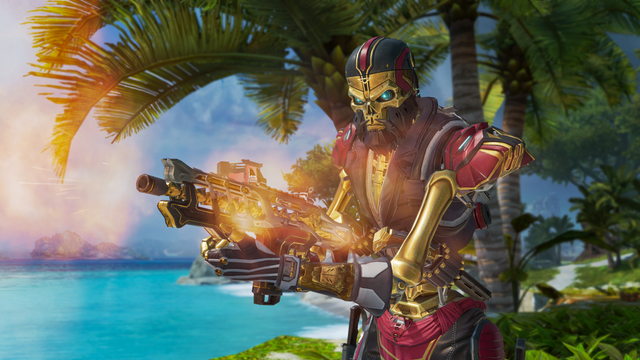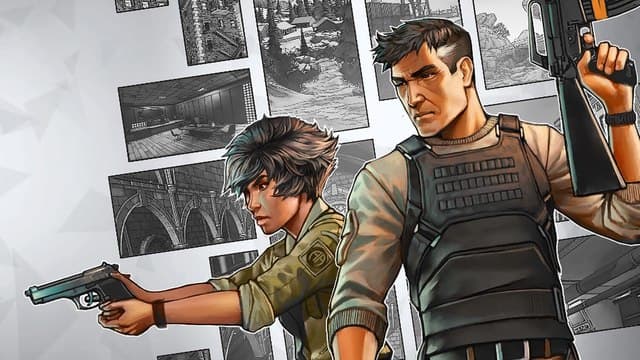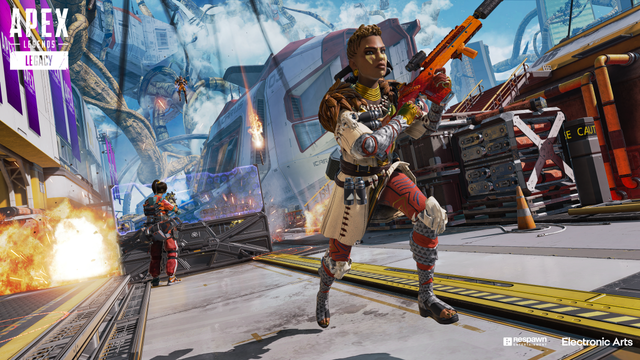Recently, Electronic Arts announced efforts to expand accessibility across gaming through its new patent pledge. This industry-first initiative grants any developer royalty-free access to five technology patents that include features which benefit disabled players. As more studios emphasize the importance of accessibility within their games, this move by EA demonstrates an industry-wide effort to include as many disabled individuals as possible.
While the full list can be found on the official EA website, notable patents include extensive colorblind options found in games like the Madden series, real-time audio generation based on the user (a system which is currently undeveloped), and the ping system in Apex Legends. Chris Bruzzo, EA’s Executive Vice President of Positive Play, notes the need for a joint effort by studios to create accessible experiences.
“The future of accessibility in our industry is a collaborative one, where we share ideas to advance technology, creativity and innovation, and ultimately make games more inclusive,” Bruzzo tells Fanbyte.
While studios occasionally share their accessibility tools and findings in-house, the capability for developers to now use patented features from another studio is a crucial component of establishing a precedent of accessibility for new projects. Furthermore, the removal of legal ramifications means disabled players will have the opportunity to play games from other studios that may have previously been off-limits due to a developer’s inability to create similar systems. Conversely, patents can also create unnecessary barriers, especially in terms of innovation. For example, Warner Bros. locked the Nemesis system found within their Lord of the Rings games behind a patent. If a studio like Warner Bros. creates a new accessibility feature or system and decides to patent it, disabled players are ultimately going to suffer. But EA is choosing to share their systems.
“The driving force behind this decision is that we want everyone to play our games — and we want to be crystal clear to developers and the community that everyone is free to use our inventions to make games more accessible,” Bruzzo elaborates. “We’ve developed accessibility technology over many years and breaking down barriers is a long-standing commitment for us. But to drive meaningful change, we have to work together as an industry. By sharing our patents, we’re saying that we want others to adopt our technology and we’re asking them to join us. Let’s do this together. Let’s make our games accessible to as many people as possible.”
Another benefit behind the patent pledge is the hope that other developers will take EA’s ideas and features and ultimately improve upon them. For example, the colorblind options within Madden were developed by Karen Stevens, Director of Accessibility at EA, after a friend was unable to play due to the egregiously small size and color of icons that indicate what characters were available for a pass. After the implementation of larger icons and varying colorblind filter options, Stevens’ friend could play. Yet, these options and features currently only work on games like Madden. With the patent pledge, a developer from a different studio could tweak these ideas and apply them to a turn-based RPG.

“Open innovation in the industry can only be a good thing when it comes to tackling accessibility challenges,” Bruzzo says. “We hope our patents help other game makers to come up with creative solutions. We won’t know if developers have chosen to implement them unless they tell us but we can’t wait to see them in other people’s games. We also really hope that our pledge inspires others in the industry with the resources, innovation, and creativity to share their pledges.”
While Stevens’ colorblind options were created with the intent of helping disabled players, one of the patents is proof that inclusive design is equally, if not more important, than menus with accessible settings.
The ping mechanic in Apex Legends is widely regarded as one of the best accessibility features for deaf and hard of hearing individuals. However, it wasn’t implemented specifically for accessibility potential, but rather because developers at Respawn Entertainment wanted to create a game that emphasized teamwork. Instead of relying on verbal communication with other players, Respawn devised a system that was easy to use, as well as integral to the core experience of playing the game.
Deaf and hard of hearing individuals found the system allowed them to seamlessly play alongside their able-bodied teammates. Instead of hiding options within an accessibility menu, players could easily join a match and begin locating items, detecting enemies, and pinging areas of importance from the get-go. They could actively experience what their teammates wanted them to notice because everyone was meant to use the mechanic.
Because disability is such a broad spectrum, alternatives are beneficial, particularly since the ping system in Apex Legends is primarily useful for deaf and hard of hearing individuals, those who may struggle with processing information, and even players with social anxiety. The ultimate lesson for developers is that, to design your game to be as inclusive as possible, you must ensure inclusivity is part of its foundation. “It’s been amazing to see the ping system received so positively right from the launch. We’d love other developers to adopt this technology in their own games,” Bruzzo says.
You May Also Like:
- EA Makes Apex Legends’ Ping System and Other Accessibility Patents Free to Use
- Disabled Players Push for More Inclusion in the Fighting Game Community
- As My Disability Progressed, I’m Grateful That Games Did, Too
Ultimately, the patent pledge is a tangible acknowledgment that the gaming industry is actively listening to disabled voices. While the accessibility movement is still relatively in its infancy, the understanding that developers need to publicly share their findings is an incredible step. Thankfully, EA will continue to list future patents, eventually creating a system of accessibility tools and ideas that anyone can freely access. It’s exciting to think of the possible games that disabled people will potentially enjoy if the industry follows suit. And for Bruzzo, letting everyone play games is the primary goal.
“For me personally, I’d like every single person in the world who wants to play and enjoy a video game with their friends and family, or simply to have a great time, to be able to do so,” he says. “Our games should be for everyone, no matter their age, gender, or ability. That means accessibility needs to be woven into every game. As an industry, we’ve taken great steps towards making video games more accessible and inclusive. But there is always more to do. We can do it together.”


